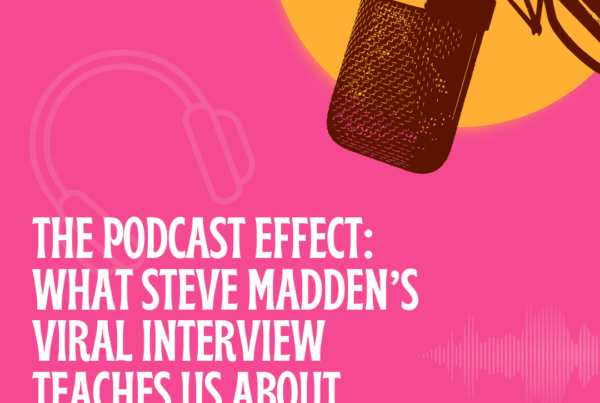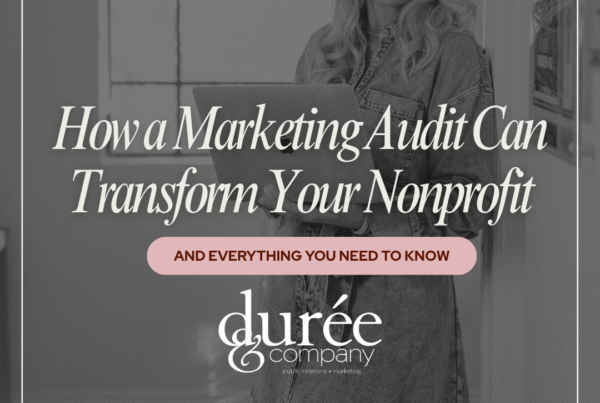
Originally featured on Daily Business Review
In this age of 24/7 news cycles and instantaneous social media coverage, directly answering a question to a potentially damaging situation can be fraught with anxiety. Whatever is said is digitally documented and distributed within seconds. In these instances, “no comment” can seemingly provide time and protection from media scrutiny. But in actuality, no comment can worsen a negative situation.
No comment is, in fact, a strong comment. By employing no comment, a person or company implies guilt, complicity or prior knowledge of the situation, and it alludes to an attempt to hide that knowledge. Savvy viewers and readers, who are used to having access to information, will give deference to an answer—as long as it is a cogent answer—even if it provides little clarity to the situation. Audiences do not require all of the answers; however, they demand at least one.
Fortunately, strategies beyond issuing a no comment—that don’t exacerbate the situation—can be employed by a company when responding to a crisis.
How to Properly Respond
As the president and founder of Durée & Co., I consistently provide this advice: At the first sign of a legal, crisis or negative situation, immediately engage with an experienced media relations firm. Do not wait until the story develops around you, and your only response becomes no comment because you are not prepared or feel this is the safest answer.
Each situation is different and cannot be predicted. However, with more than 20 years of experience in managing media relationships, I have come to expect certain scenarios, questions and responses from my news colleagues. For example, reporters want to provide accurate information, so one of the first things to provide is an accurate account of the events from the client’s point of view. In some cases, this may be a statement, detailing what the client is and isn’t at liberty to divulge. It may provide only what the client is legally permitted to share, following privacy rules, corporate procedures or government policy.
In other cases, when warranted, a strategy may be having a conversation with only one interested reporter, providing what is necessary for her to determine whether or not a story should even be written. There have been instances in which, with our intervention, the angle was found not newsworthy enough to pursue.
Either way, being prepared by crafting a response in advance is highly recommended, even if media may not reach out. Additionally, keeping your PR team in the loop is important. The more information the firm has about the client, the better it can do its job. A proactive approach always works better than a reactive one.
Working Within the Bounds of Client-Attorney Privilege
When representing a law firm or a third-party client, a media relations team will recognize that all information is subject to legal scrutiny and may affect potential legal proceedings. Therefore, we always defer to attorneys’ expertise when crafting a media response.
We also respect “client-attorney” privilege and will not divulge any information not vetted by the legal team. Additionally, we adhere to the ethical standards of the public relations industry and operate under similar professional obligations not to share information that is not approved by the legal team with the media. In short, clients know that the law firm and PR team are professional, trusted collaborators and serving their best interests.
Alternatives to No Comment
Although no comment may play well in the movies, in real life, it’s a last-place option. We advise clients on alternatives such as:
- Placing responsibility on privacy laws or regulations. Clients can refrain from sharing details of the event, essentially providing no information, by deferring to HIPAA laws. These laws prevent disclosure of certain information, employment privacy standards, and corporate regulations and policy, which are intended to protect both the individual and company.
- Explaining to media that when it comes to an ongoing case, a client cannot publicly comment or make statements on pending litigation.
- Issuing a written statement to all media simultaneously, saying only what is required to address the situation. For example, with the recent allegations of racial discrimination levied against a Starbucks in Philadelphia, Starbucks’ corporate offices initially issued a blanket statement, indicating investigative actions were taking place internally and apologizing to its employees and customers. The statement was issued quickly, in response to growing public sentiment, and essentially bought Starbucks’ leadership some time to develop a subsequent plan of action involving the CEO, mayor of Philadelphia and Philadelphia police chief.
No Comment Is Not the Best Answer
Even in the direst of media-related circumstances, no comment is an insufficient answer, which can create more problems than it solves, leading to public mistrust and lasting damage to a brand.
By using other effective communications strategies, clients can ensure that they are responding to a negative situation with a plan that not only meets the media’s need to tell the story accurately, but also takes effective steps to protect their image and reputation long after the crisis has passed.
About Durée & Company
Durée & Company, Inc. is an award-winning full-service public relations, marketing and special events firm with offices in Fort Lauderdale, Florida and Aspen, Colorado. The firm serves the corporate, agency and non-profit arenas for local, national and international clients focusing on public relations for real estate, public relations for restaurants, public relations for law firms, public relations for charities, public relations for healthcare, and many more. Durée & Company services include Public Relations, Social Media, Marketing, Advertising, Special Events, and Radio Promotions and Outreach.








